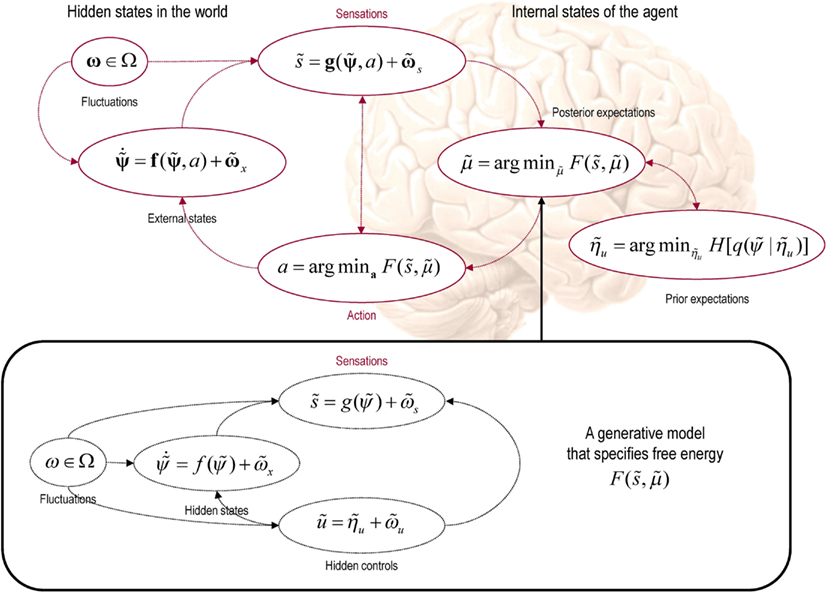Karl Friston
Karl Friston is a theoretical neuroscientist and authority on brain imaging. He invented statistical parametric mapping (SPM), voxel-based morphometry (VBM) and dynamic causal modelling (DCM). These contributions were motivated by schizophrenia research and theoretical studies of value-learning, formulated as the dysconnection hypothesis of schizophrenia. Mathematical contributions include variational Laplacian procedures and generalized filtering for hierarchical Bayesian model inversion. Friston currently works on models of functional integration in the human brain and the principles that underlie neuronal interactions. His main contribution to theoretical neurobiology is a free-energy principle for action and perception (active inference).
Collaborative publications
I had the chance to visit the theoretical group of Karl Friston at Wellcome Trust Centre for Neuroimaging (University College London) from November 2010 to February 2012. This led to a collaboration on modelling eye movements using active inference Friston et al, 2012 in persons with or without schizophrenia Adams et al, 2012. Notably, we established a model accounting for sensory-motor delays Perrinet et al, 2014.
- (2012). Perceptions as Hypotheses: Saccades as Experiments. Frontiers in Psychology.
- (2014). Active inference, eye movements and oculomotor delays. Biological Cybernetics.
